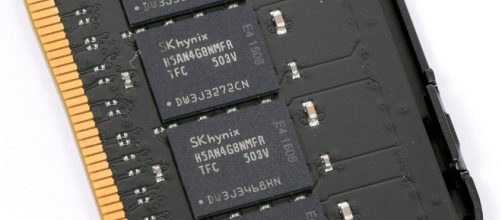It has just been recently announced by JEDEC, the organization responsible for setting computer memory standards, that the next generation of Ram will be unveiled this year. The brand new DDR5 RAM, set to be unveiled in June, will reportedly be offering twice the speed and density of its predecessor, DDR4.
DDR5 RAM improvements and advantages
As previously mentioned, DDR5 will be offering double the bandwidth of the current generation DDR4. The new version will also be offering twice the density of its predecessor, which means that RAM capacities could soon equal that of commercially available solid-state drives.
Improvement in chip technology will also translate to a more power efficient memory module, which will also improve channel efficiency. This translates to a higher performing memory module that can be used for a variety of applications.
The rise of Optane drives as RAM replacements
Intel's recently released commercial Optane drives may not be able to replace conventional RAM just yet, but it is clearly going in that direction. CPU RAM originally became necessary for computers to have a place to store and retrieve data very quickly. This was necessary for applications and the operating system itself as grabbing data from conventional storage devices would cause immense delays and stutters.
Blurred barrier between DDR memory and Storage
Solid State Drives are now slowly reaching the performance and latency of conventional memory, which means that the line between both devices has started to become blurred. Moreover, the biggest advantage of Intel's new drives, which uses the company's latest 3D XPoint memory technology, is its non-volatility.
Unlike RAM, Intel's new drives will be able to retain data placed on it despite power interruptions and other factors.
While Intel's Optane drives are now approaching RAM-like speeds, they really aren't quite there yet. It might still be a couple of years until RAM essentially becomes obsolete, but in the meantime, faster DDR memory is always welcomed. DDR5 RAM is expected to be finalized sometime in 2018, but consumers will likely be able to get their hands on the new DDR memory type once processors can support them a few years later.

